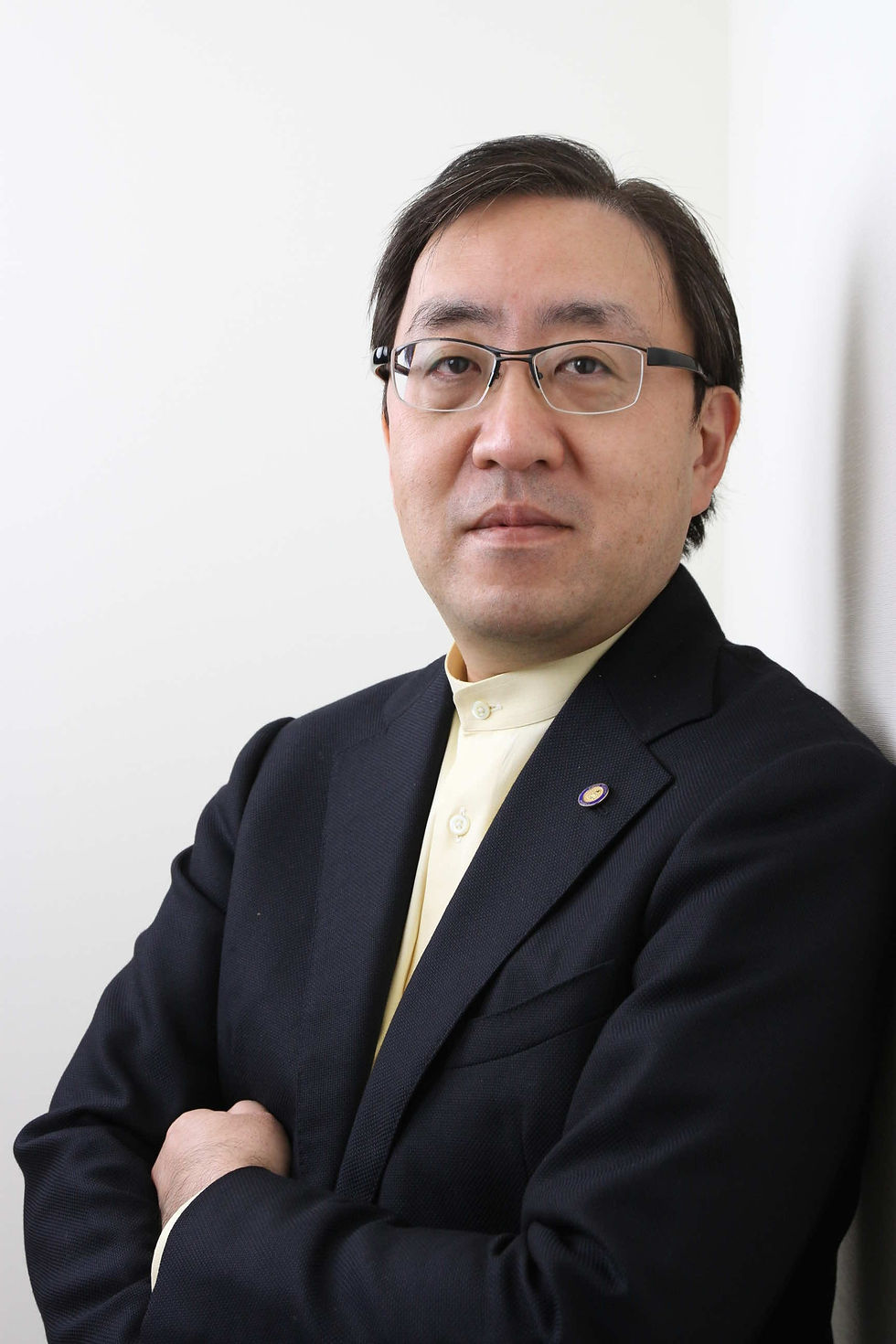My Clinical Practice
- 和久本 雅彦

- Jun 25
- 2 min read

Masahiko Wakumoto, Director, Japan Ozone Medical Society
My encounter with the ozone water generator began over 20 years ago, thanks to a connection with Chairman Sekiguchi of Nichika Micron. At that time, Chairman Sekiguchi was a patient of my late father. One day, he visited our clinic and said, "There’s something I’d really like you to try. Please allow me to install it," and brought us an ozone water generator made by Silver Seiki. That machine had only a lamp to indicate whether ozone water was being produced, and a separate meter was needed to measure the concentration. Still, I clearly remember the excitement I felt when I smelled the ozone in the air.
Later on, we switched to an ozone water generator manufactured by Nichika Micron, and we are now using the fourth-generation “Ozone Doctor” unit in our dental clinic. We also tried a chairside ozone water generator by Clientes Corporation, but we did not end up adopting it. About 15 years ago, we remodeled all of our treatment units so that ozone water could be stored in an external tank and connected to each unit. By switching the central water supply, we can now use ozone water through turbines, micromotors, ultrasonic scalers, and 3-way syringes. This system is used daily in our clinical practice.
Later, I was introduced to ozone cream and paste by Mr. Shiota, an alumnus of my alma mater, and began incorporating them into patient treatment. As a result, I have presented at academic conferences seven times and published three papers on the topic.
Our clinic is scheduled to celebrate its 100th anniversary next year. Since its founding, we have operated under the concept of “creating an environment where patients can chew with their own teeth for life,” and this continues to guide our daily practice. Ozone is now an indispensable tool in achieving this goal. In the past 15 years in particular, we have managed patient care under a dual strategy: “ozone in the clinic, and L. reuteri probiotics at home.”
Now that we have successfully developed OG Paste, which can be stored at room temperature, I expect that we will be able to take an even more proactive role in managing the long-term oral health of our patients. I’m also very excited about the recent discovery of OG Paste’s “selective antibacterial effect.” In the clinical trial we began last year for ozone-based toothpaste, 20 participants have been enrolled so far, and we are now compiling the results, which should be ready this spring. I plan to present these findings at the society's meeting this fall.
There is much I would like to share with fellow members of the Japan Ozone Medical Society. The following is a manuscript outlining key insights gained through my clinical experience and work with ozone therapy.
Thank you for your kind attention.

Comments